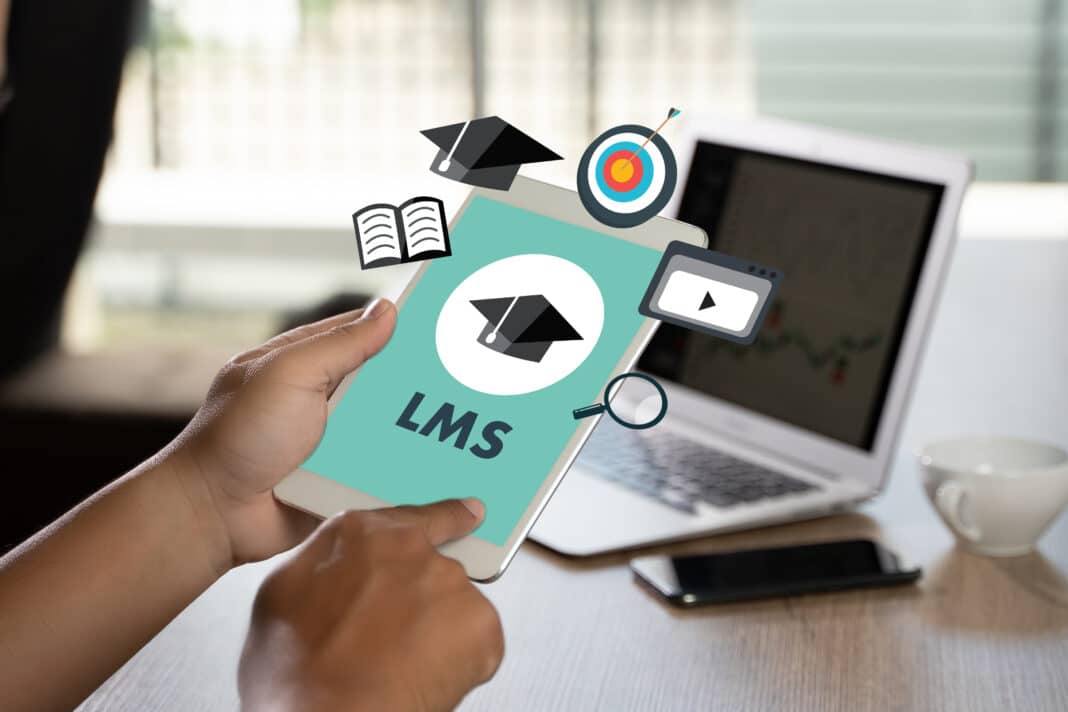In today’s fast-paced educational landscape, technology has become an indispensable tool for enhancing the learning experience and improving operational efficiency. Two key systems that have revolutionized the way educational institutions operate are Learning Management Systems (LMS) and Student Information Systems (SIS). While each system serves a distinct purpose, their integration has emerged as a game-changer, offering a seamless and comprehensive solution for managing student data, delivering coursework, and fostering effective communication.
Understanding LMS and SIS
An LMS is a software application designed to create, deliver, and manage educational content, course materials, and learning activities. It serves as a virtual classroom, enabling instructors to upload course materials, facilitate discussions, assign tasks, and track student progress. Popular examples of LMSs include Canvas, Blackboard, Moodle, and Brightspace.
On the other hand, an SIS is a comprehensive database that stores and manages all student-related information, such as personal details, enrollment records, attendance data, grades, and transcripts. It provides a centralized repository for administrative tasks, enabling educational institutions to streamline processes like course registration, fee management, and reporting.
The Need for Integration
While LMSs and SISs are powerful tools on their own, their true potential is realized when they are integrated. In the past, these systems often operated in silos, resulting in duplication of effort, data inconsistencies, and inefficient workflows. Instructors and administrators had to manually transfer data between the two systems, a time-consuming and error-prone process.
Integration: Bridging the Gap
By integrating LMSs and SISs, educational institutions can establish a seamless flow of information between the two systems, eliminating redundant data entry and reducing the risk of human error. This integration ensures that student data is consistent across platforms, enabling stakeholders to access accurate and up-to-date information when needed.
Benefits of LMS and SIS Integration
1. Streamlined Data Management
With integrated systems, student data only needs to be entered once in the SIS, and it can automatically populate the LMS. This eliminates the need for manual data transfer, saving time and reducing the likelihood of errors. Additionally, any updates or changes made in the SIS are automatically reflected in the LMS, ensuring that both systems have access to the most current information.
2. Enhanced Student Experience
By having a single source of truth for student data, integrated systems provide a more seamless and consistent experience for students. They no longer need to juggle multiple logins or navigate disparate systems. Instead, they can access course materials, submit assignments, and view grades and transcripts from a centralized platform, improving overall engagement and productivity.
3. Improved Communication and Collaboration
Integration fosters better communication and collaboration among instructors, administrators, and students. Instructors can easily access student information from the SIS within the LMS, enabling them to personalize their teaching approach and provide targeted support. Additionally, administrators can leverage the LMS to communicate important announcements or updates directly to students, ensuring timely and effective dissemination of information.
4. Increased Operational Efficiency
By eliminating redundant data entry and manual processes, integrated systems significantly enhance operational efficiency. Administrative tasks, such as course enrollment, grade reporting, and transcript generation, can be automated, freeing up valuable time and resources for educational institutions to focus on their core mission of providing quality education.
5. Data-Driven Decision Making
With integrated systems, educational institutions gain access to a wealth of data that can inform strategic decision-making. By analyzing student performance, enrollment trends, and other metrics, administrators can identify areas for improvement, allocate resources more effectively, and develop targeted interventions to support student success.
Implementing LMS and SIS Integration
While the benefits of integrating LMSs and SISs are evident, the implementation process can be complex and requires careful planning. Educational institutions should consider the following steps:
- Assess existing systems and compatibility: Evaluate the current LMS and SIS in use, their capabilities, and their compatibility with integration solutions.
- Choose the right integration solution: Explore different integration options, such as custom-built solutions, third-party tools, or vendor-provided integrations. Consider factors like cost, scalability, and ongoing support.
- Establish clear data governance policies: Develop robust data governance policies to ensure data integrity, security, and compliance with relevant regulations, such as FERPA (Family Educational Rights and Privacy Act).
- Engage stakeholders: Involve instructors, administrators, IT staff, and student representatives in the integration process to ensure their needs and requirements are met.
- Provide training and support: Offer comprehensive training and ongoing support to users to ensure a smooth transition and maximize the benefits of the integrated system.
- Monitor and optimize: Continuously monitor the performance of the integrated system, gather feedback from users, and make necessary adjustments to optimize its functionality and effectiveness.
Conclusion
In the ever-evolving landscape of education, the integration of LMSs and SISs has emerged as a transformative solution, enabling educational institutions to streamline operations, enhance the learning experience, and foster data-driven decision-making. By bridging the gap between these two powerful systems, institutions can unlock a wealth of benefits, from improved communication and collaboration to increased operational efficiency and data-driven insights.
As technology continues to shape the future of education, embracing LMS and SIS integration has become a strategic imperative for institutions seeking to stay ahead of the curve and provide students with a comprehensive and engaging learning experience. By leveraging the power of integrated systems, educational institutions can pave the way for a more efficient, collaborative, and data-driven approach to education, ultimately empowering learners to reach their full potential.


